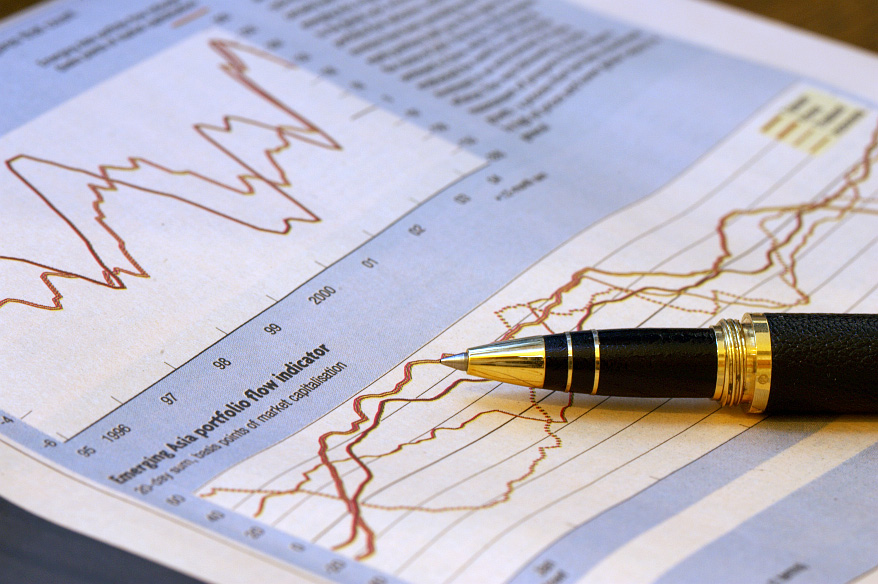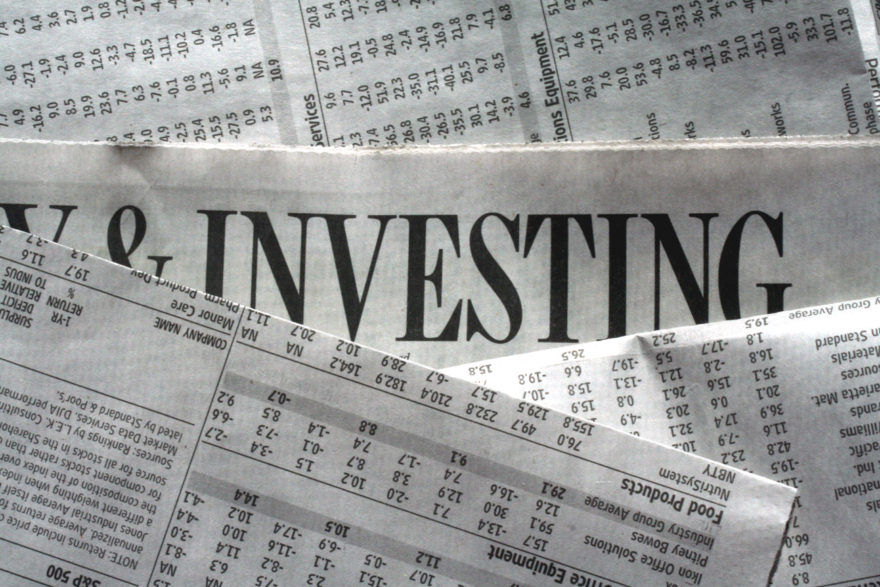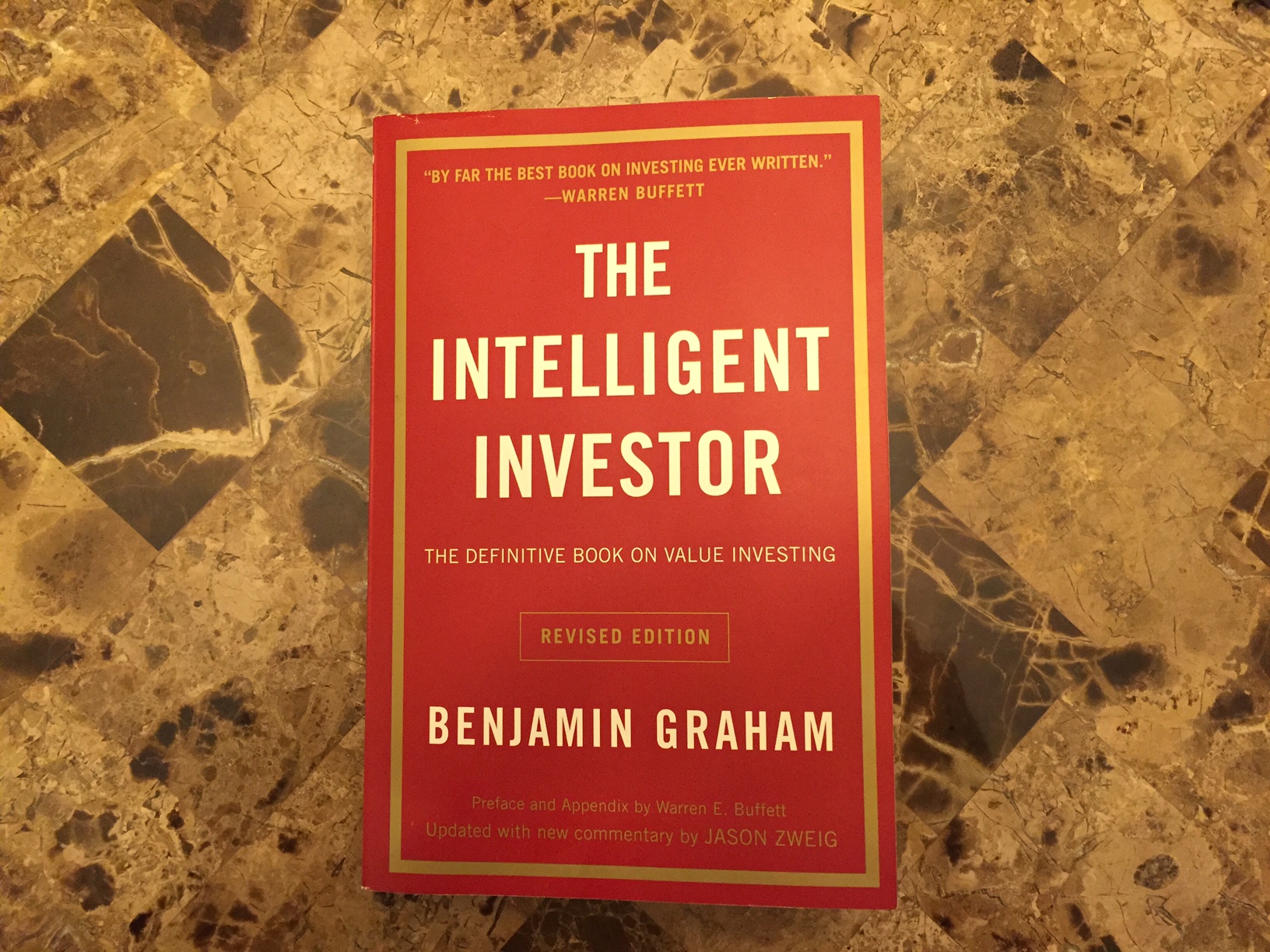For 2017, we are adding a 10% allocation to Alternatives to our Premier Wealth Management model portfolios (those over $250,000). The 10% allocation will be taken pro rata from both equity and fixed income categories. A 60/40 portfolio, for example, will have 6% taken from equities and 4% from fixed income, for a new allocation that is 54% Equities, 36% Fixed, and 10% Alternatives. We made some trades in December during our year-end tax reviews, and will make the rest of the trades in the next week.
Why Alternatives? The goal of Alternatives is to provide a positive return without being tied to the stock market or interest rates. Our aim is to diversify your portfolio further with a source of uncorrelated returns. Ideally, this can provide a smoother ride and dampen our portfolio volatility. (See Morningstar on Alternatives: When, Why, and Which Ones?)
That’s the goal, but investing in Alternatives poses its own set of unique challenges. Unlike stocks and bonds, there are many types of “Alternative” investment strategies. Alternatives is a catch-all category that encompasses everything from Real Estate, Gold, Commodities, Futures, Long/Short Equity, Arbitrage, to any other Hedge Fund process. And then there are multi-strategy funds which may combine four, five, or more unrelated strategies or managers.
Even within one category, some funds may do quite well and other funds poorly in the same year. That is a much smaller risk in equities, where, for example, most large cap funds are going to have a positive return when the S&P 500 Index is up and a negative return when the Index is down. In Alternatives, there is a wide dispersion of returns even within a single category.
Our view of Alternatives, then, is that it is a satellite holding that we want to employ tactically, rather than a core strategy that we hold at all times. We think the environment of 2017 could be just such a time to want to include Alternatives.
We enter the year with equities at or near their all-time highs and valuations somewhat above their historical averages. 2016 gave us a very nice return in US stocks: 9.5% in the S&P 500 and 19.4% in the small cap Russell 2000. The maxim that “the market climbs a wall of worry” definitely was the case in 2016. While the market confounds expectations frequently, valuations, not sentiment, are our guide to how we weight segments in our allocation. Valuations today, both relative and absolute, suggest diversifying from US stocks.
In fixed income, we saw a remarkable summer low in interest rates, with the 10-Year Treasury trading at a 1.6% yield. The second half of the year was painful for bondholders, with interest rates rising a full 1% on the 10-Year. It was such a dramatic move that we think it would be a mistake to think that interest rates can continue to increase at a linear projection of the past six months. Still, we may have just seen the end of the 30 year Bull market in bonds and that suggests expected returns going forward will be both lower and more volatile than historic returns.
Our goal within each portfolio is not only to grow your wealth, but to protect and preserve what you already have. Our modelling of adding the 10% allocation to Alternatives suggests that we can potentially reduce portfolio volatility and improve the risk/reward characteristics of our models. While that is no guarantee that returns will be positive in 2017, I want you to know that we are constantly monitoring, studying, and looking for quantifiable ways to better manage your money.
When would you not want Alternatives? If you went back to the lows of March 2009, the start of the current Bull Market, adding Alternatives would have held back your performance. They aren’t aiming to generate double digit returns, which you can sometimes get in equities on a snap-back like 2009. But that’s not where we are in January 2017. Today, with US stocks and bonds looking a bit expensive, we are looking to strengthen our defensive. (ICYMI, our Four Investment Themes for 2017)
As always, I’m happy to chat about your goals, the state of the market, or what we do in our investment management process. Give me a call or drop me a note. One of the reasons why we write about investing in the blog, is to communicate to everyone at the same time and then when we do have our next meeting or call, we can focus 100% on you and not the market.













